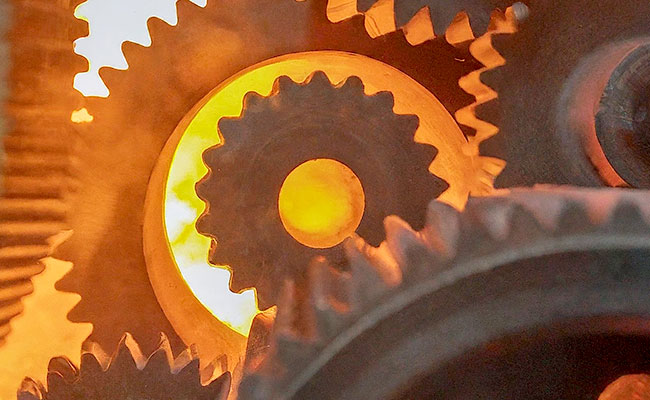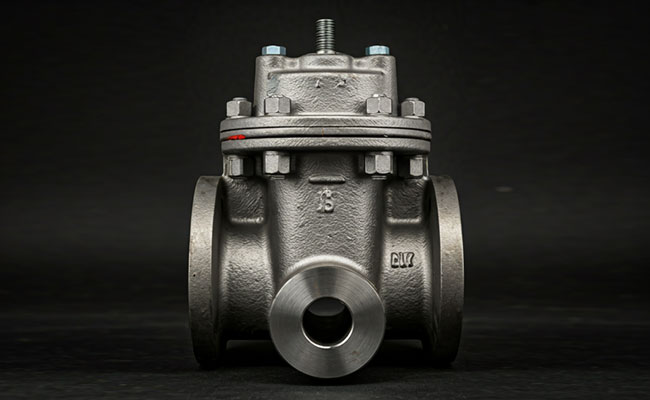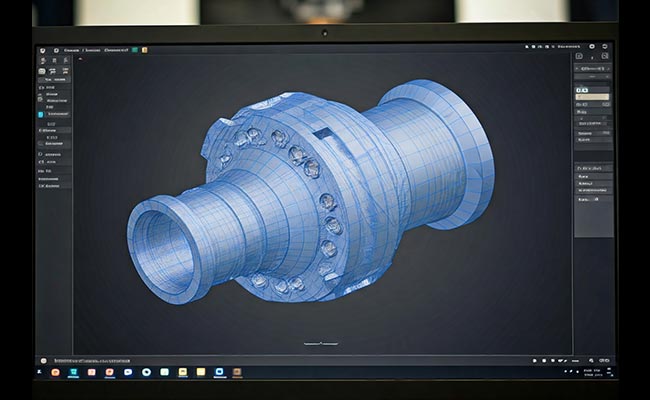
Heat Treatment: Quench and Tempering – The Path to Stronger Steel
2024-07-08
Squeeze Casting VS Forging
2024-07-22In the realm of metalworking, heat treatment plays a crucial role in shaping the properties of metals to suit specific needs. Among these processes, normalizing stands out as a versatile and efficient technique for enhancing the toughness and ductility of steel.
Understanding Normalizing
Normalizing is a heat treatment process specifically designed for ferrous alloys, particularly steel. It involves heating the steel to a predetermined temperature, exceeding its critical point, and then allowing it to cool in still air at ambient temperature. This controlled heating and cooling refines the microstructure of the steel, leading to significant improvements in its mechanical behavior.
The Science Behind the Strength
The magic of normalizing lies in its impact on the steel’s grain structure. Grains are microscopic crystals that form within the metal. During normalizing, the elevated temperature triggers a phenomenon called recrystallization. Existing, potentially uneven grains are replaced with finer, more uniform ones. This refined grain structure translates to several benefits include follows:
- Enhanced Toughness: Finer grains create more barriers for cracks to propagate through the steel, making it more resistant to fracturing under stress.
- Improved Ductility: The finer grains allow the steel to deform more plastically before breaking, giving it better bending and shaping capabilities.
- Stress Relief: Normalizing also helps to alleviate internal stresses that might be present in the steel due to prior forming or machining processes. This reduces the risk of warping or cracking during subsequent operations.
Applications of Normalizing
Normalizing finds application in a wide range of scenarios where a good balance between strength and toughness is desired. Here are some common examples:
- Normalized steels are often used in the construction industry for structural components, plates, and beams.
- It is frequently employed in the production of gears, shafts, and other machine elements that require resilience under load.
- Normalizing can be beneficial for forgings and castings to improve their machinability and overall quality.
Advantages of Normalizing
Compared to other heat treatment methods, normalizing offers several advantages:
- Relatively Simple Process: The air cooling aspect makes normalizing less complex to implement compared to techniques requiring controlled cooling rates.
- Cost-Effective: The absence of specialized quenching mediums translates to lower operational costs.
- Reduced Distortion: The slower cooling associated with normalizing minimizes the risk of warping or cracking, especially in thicker sections.
Conclusion
Normalizing stands as a cornerstone heat treatment process, particularly for steel components. By refining the grain structure, it effectively improves the toughness, ductility, and stress resistance of the metal. This method offers a simple, cost-effective way to achieve a desirable balance of strength and workability in steel, making it a vital tool for various metalworking applications.




